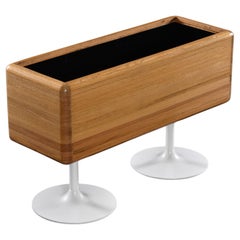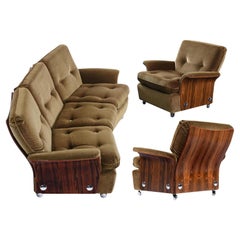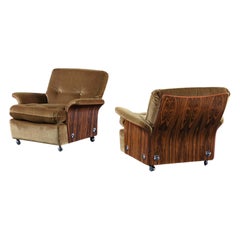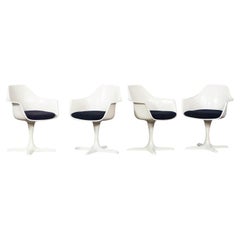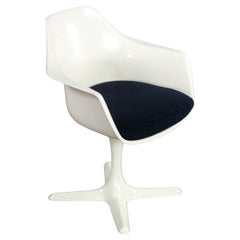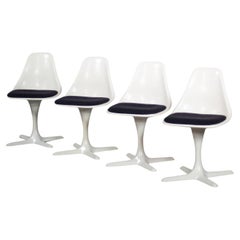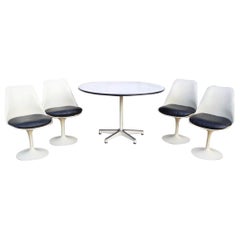Eames Tulip
Vintage 1970s American Mid-Century Modern Planters and Jardinieres
Metal
Vintage 1970s English Scandinavian Modern Sofas
Velvet, Rosewood
Vintage 1970s English Mid-Century Modern Sofas
Velvet, Rosewood, Upholstery
Vintage 1970s English Mid-Century Modern Lounge Chairs
Velvet, Rosewood
Mid-20th Century American Mid-Century Modern Side Chairs
Metal
Mid-20th Century American Mid-Century Modern Armchairs
Metal
Mid-20th Century American Mid-Century Modern Side Chairs
Metal
Mid-20th Century American Mid-Century Modern Side Chairs
Metal
Mid-20th Century American Mid-Century Modern Dining Room Chairs
Aluminum
Vintage 1970s American Mid-Century Modern Planters and Jardinieres
Metal
Vintage 1950s American Mid-Century Modern Dining Room Chairs
Fiberglass
Mid-20th Century American Mid-Century Modern Dining Room Chairs
Metal
Early 2000s North American Mid-Century Modern Dining Room Tables
Metal
Mid-20th Century American Mid-Century Modern Chairs
Fiberglass
Mid-20th Century American Mid-Century Modern Dining Room Sets
Aluminum
Late 20th Century American Mid-Century Modern Wall-mounted Sculptures
Steel
Mid-20th Century American Mid-Century Modern Office Chairs and Desk Chairs
Teak
Eames Tulip For Sale on 1stDibs
How Much is a Eames Tulip?
Read More
This Paavo Tynell Chandelier Is a Radiant Bouquet
The alluring pendant light exemplifies the designer’s winsome mid-career work.
End Your Quest for Fire with This Handmade Majolica Chimney
Prehistoric motifs give the mid-century Italian fireplace an elemental feel.
Who Were Guillerme et Chambron? French Veterans of WWII with a Knack for Clever, Quirky and Livable Furniture
Their charming solid-oak pieces offer homes utility and comfort.
39 Incredible Swimming Pools
It's hard to resist the allure of a beautiful pool. So, go ahead and daydream about whiling away your summer in paradise.
The 21 Most Popular Mid-Century Modern Chairs
You know the designs, now get the stories about how they came to be.
Iconic Furniture Makes This 1958 Midwestern Home a True Mid-Century Gem
Designer Susan Yeley turned to 1stDibs to outfit an Indiana home with standout pieces that complement its modernist style.
The Ultimate Guide to Types of Tables for the Home
Whether you’re just moving in or ready to give your home a makeover, our guide will give you pointers on tables that are fitting for every room, nook and hallway.
Why Is Italy Such a Hotbed of Cool Design?
Patrizio Chiarparini of Brooklyn’s Duplex gallery sheds light on the lasting legacy of Italy’s postwar furniture boom.
